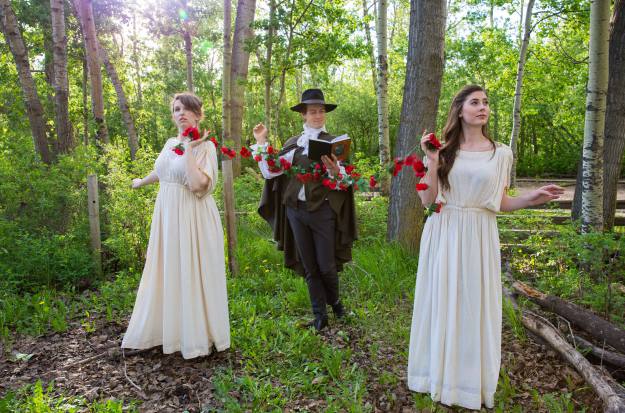
In my recent article about Oscar Wilde’s cello coat, and throughout my online archive of Oscar Wilde In America, I often allude to Primary Sources.
For ease of reference, below is the working definition. [1]
Primary SourcesA primary source is the contemporaneous, documented, and reliable viewpoint of an individual participant or observer usually in the form of:
—Newspapers, periodicals and other published materials reporting actual events, interviews, etc., by participants or observers.
—Journals, speeches, letters, memoranda, manuscripts, diaries and other papers in which individuals describe events in which they were participants or observers.
—Records of organizations. The minutes, reports, correspondence, etc. of an organization or agency.
—Primary accounts contained in memoir, biography and autobiography although these may be less reliable if they are written well after the event and distorted by personal agenda, dimming memory or the revised perspective that may come with hindsight.
—Period photographs.
Fortunately, it is increasingly easy to locate primary sources, particularly public domain books, using online searches at places such as the Internet Archive and Google Books.
What is not generally accepted as a primary source, nor should be acceptable in any scholarly account, is the simple referral to a previous work that itself does not rely on a primary source—this practice propagates myth.
Cure for InsomniaAs a counterpoint to this dogma read the article here for a rambling yet lighter view of how the notions of primary material factor into some aspects of Wilde.
[1] Based on guides prepared by The University of Central Oklahoma and The University of California Berkeley Library.
Share this:




